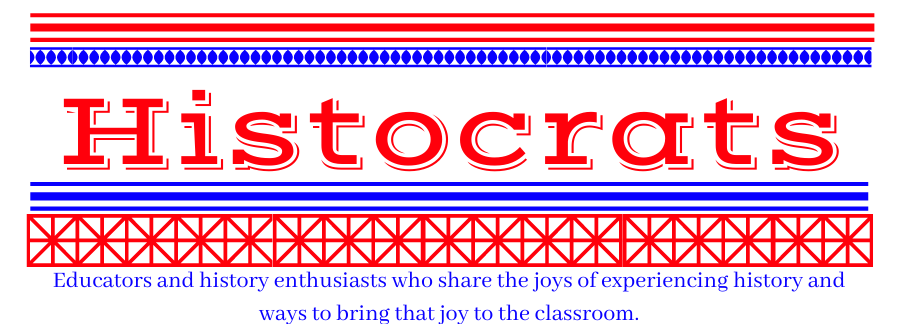 By Margaret Duncan, Ed.D.
By Margaret Duncan, Ed.D.Welcome to Fall! The calendar hits October and leaves begin to change, temperatures get cooler, and everything becomes Pumpkin related. Just walk into any grocery store or Starbucks and the pumpkin flavored food is staggering. Not sure when the pumpkin fascination began, but it is indeed overwhelming at this time of year. Unlike the Pumpkin Spice Frappe, one thing pumpkin related that has been around for decades, is the Pumpkin Patch.
Some different ways to enjoy a Pumpkin Patch:
Going to a pumpkin patch allows you to actually walk the field where the pumpkins actually grow. My daughters have always enjoyed running around the field looking for their very own special pumpkin. We always get different types of pumpkins, some will be carved, some will get painted. However, the downside can be dirt or mud, especially if it just rained. One suggestion, if you want to pick your pumpkin from the field, you will need to do it early in the season.
Picking Pumpkins Already Harvested
Unlike my children, I like picking pumpkins already harvested. Many pumpkins for sale are not at a true pumpkin patch but on a church lawn or local business parking lot. While this may not be as much fun as running around the pumpkin field, the end result is the same—picking out the perfect pumpkin! For many communities, this is the most common form of pumpkin patch, and for many organizations it is a seasonal fundraiser. Simply put, pumpkins just don't grow everywhere and need to be brought in.
What to do with your Pumpkin
Carve it!
This is a favorite tradition. While our pumpkin carving skills are not great, it is the fun doing it that matters. While we carve, we like to reiterate the story of the Jack O'Lantern. The legend comes from Irish folklore and is often told on the hayride around the Pumpkin Patch. The story goes:
Jack was a crafty farmer who tricked the Devil into climbing a tall tree. When the Devil reached the highest branch, Jack carved a large cross in the trunk, making it impossible for the Devil to climb down. In exchange for help getting out of the tree, the Devil promised never to tempt Jack with evil again. When Jack died, he was turned away from Heaven for his sins and turned away from Hell because of his trickery. Condemned to wander the earth without rest, Jack carved out one of his turnips, took an ember from the devil, and used it for a lantern to light his way. He became known as "Jack of the Lantern."
For more info on the Jack O'Lantern Legend.
Roast the Pumpkin Seeds
1. Rinse pumpkin seeds under cold water and pick out the pulp and strings. This is easiest just after you've removed the seeds from the pumpkin, before the pulp has dried.
2. Place the pumpkin seeds in a single layer on an oiled baking sheet, stirring to coat. If you prefer, omit the oil and coat with non-stick cooking spray.
3. Sprinkle with salt and bake at 325 degrees F until toasted, about 25 minutes, checking and stirring after 10 minutes. You can also add any other spices to the seeds—salty or sweet to create additional flavors.
4. Let cool and store in an air tight container.
Bake my Grammy’s Pumpkin Pie
1 crust pie
3 eggs
1egg yolk
1/2 cup white sugar
1/2 cup packed brown sugar
1 teaspoon salt
1/2 teaspoon ground cinnamon
1/2 teaspoon ground nutmeg
1/2 teaspoon ground ginger
1/4 teaspoon ground cloves
1 1/2 cups milk
1/2 cup heavy whipping cream
2 cups pumpkin puree
Directions
1. Preheat oven to 425 degrees.
2. In a large bowl, combine eggs, egg yolk, white sugar and brown sugar. Add salt, cinnamon, nutmeg, ginger and cloves. Gradually stir in milk and cream. Stir in pumpkin. Pour filling into pie shell.
3. Bake for ten minutes in preheated oven. Reduce heat to 350 degrees, and bake for an additional 40 to 45 minutes, or until filling is set.




